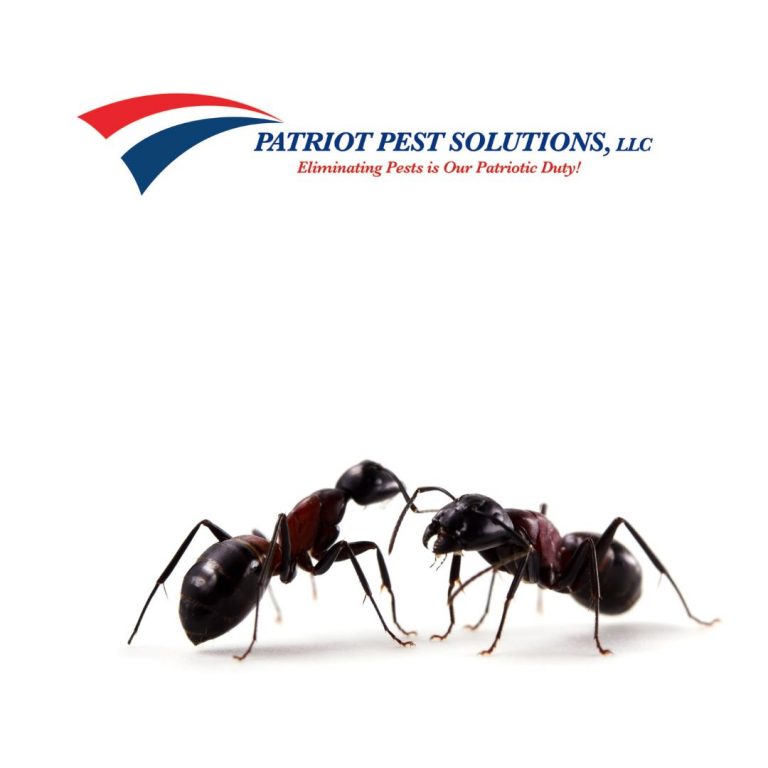Ants might be small, but their presence can feel monumental, especially if they invade your home or garden. For Pennsylvania residents, ants are one of the most commonly encountered pests, yet surprisingly, not all ants are considered harmful. Understanding the ant species you’re dealing with is the first step toward effectively managing or coexisting with these industrious insects.
In this guide, we’ll take a closer look at the most common ant species found in Pennsylvania, their identifying characteristics, habits, and whether they pose any risks to you, your property, or the ecosystem. You’ll also pick up tips on how to deal with some of the more problematic species.
Why Understanding Ant Species Matters
Ants may all look similar at a glance, but each species has unique behaviors, habitats, and risks associated with them. Misidentifying ants can lead to ineffective pest control efforts. For example, while some ants like carpenter ants can damage your wooden structures, others like odorous house ants are more of a nuisance. Knowing the species enables you to tailor your approach, whether that’s pest control or conservation, especially since some ants play vital roles in maintaining ecological balance.
1. Carpenter Ants (Camponotus spp.)
Identifying Features
- Size: 6 to 12 mm in length
- Color: Black, red, or a combination of black and red
- Behavior: Prefer nesting in moist, decayed wood
Carpenter ants are one of the largest and most recognizable ant species in Pennsylvania. Unlike termites, they don’t eat wood, but they excavate tunnels in it to create their nests, causing structural damage over time. They’re nocturnal and often foray into homes in search of food, particularly sweets and proteins.
Risks
Carpenter ants can severely damage wood in homes, decks, and tree stumps by hollowing it out to form nests. If you notice piles of sawdust-like material near wooden structures, it’s a clear sign of their presence.
Management
To control carpenter ants, it’s crucial to locate and eliminate their nest. This might involve removing damaged wood and sealing entry points to your home. Baits and light insecticides can also be used effectively.
2. Odorous House Ants (Tapinoma sessile)
Identifying Features
- Size: 2.4 to 3.3 mm in length
- Color: Brown or black
- Behavior: Give off a distinct, rotten coconut smell when crushed
Odorous house ants are frequent invaders of homes. They forage in large numbers and are attracted to sugary foods. Thanks to their adaptability, they can nest both indoors (wall voids, under sinks) and outdoors (under rocks, logs, or mulch).
Risks
Although these ants pose no direct harm to humans or property, their sheer numbers and persistent foraging behavior can become a significant nuisance.
Management
Sealing entry points and keeping food stored in airtight containers can significantly reduce their presence in your home. Ant baits placed near trails work well to eliminate their colonies over time.
3. Pavement Ants (Tetramorium immigrans)
Identifying Features
- Size: 2.5 to 4 mm in length
- Color: Dark brown to blackish-brown
- Behavior: Often found nesting in cracks in pavement or under stones
Pavement ants are aptly named for their tendency to create nests in sidewalk cracks, driveways, and building foundations. You might notice small piles of displaced soil near these areas, which are their nest entrances. Like odorous house ants, they are attracted to sugary and greasy foods.
Risks
Pavement ants rarely pose risks beyond being an annoyance. However, their nesting behavior can sometimes contribute to structural concerns by loosening paving stones.
Management
You can reduce their population by using ant bait stations and sealing cracks in pavement or your home’s foundation. Regular cleaning to avoid food crumbs also prevents them from thriving.
4. Acrobat Ants (Crematogaster spp.)
Identifying Features
- Size: 2.5 to 4 mm in length
- Color: Light brown to black
- Behavior: Often found in damp, decayed wood or hollow trees
Acrobat ants get their name from their unique ability to raise their abdomen over their thorax, particularly when threatened. They’re known for nesting in moist, decaying wood, so homes with water damage or damp basements may attract them.
Risks
While acrobat ants can move into your home, they are more a nuisance than a serious threat. However, they can sometimes bite if they feel threatened, although this is rare.
Management
To prevent acrobat ants, ensure any water-damaged wood in your home is replaced, and remove decayed wood from your property. Also, seal any cracks or crevices to limit entry.
5. Field Ants (Formica spp.)
Identifying Features
- Size: 4 to 8 mm in length
- Color: Ranges from black and brown to reddish-brown
- Behavior: Build large, dome-shaped mounds in open fields or lawns
Field ants are outdoor ants often mistaken for carpenter ants due to their similar appearance. They prefer grassy areas or open fields and are rarely seen indoors.
Risks
Field ants are beneficial in controlling other insect populations, but their large mounds can be unsightly and may damage your lawn.
Management
Mound removal and ant-specific insecticides can help manage their population, but they should be applied with care to avoid harming the surrounding environment.
6. Thief Ants (Solenopsis molesta)
Identifying Features
- Size: 1 to 2 mm in length
- Color: Yellow to light brown
- Behavior: Often nesting near larger ant colonies to steal their food
Thief ants are tiny, making them hard to spot, but their name gives away their habits. They often infiltrate larger ant colonies to steal sustenance.
Risks
While their small size makes them less conspicuous, they’re known to invade homes and contaminate food supplies.
Management
To control thief ants, seal cracks and crevices, and eliminate food sources by keeping your kitchen clean. Baits are highly effective since these ants forage widely.
How to Coexist with Ants Responsibly
While some species like carpenter ants require intervention due to their destructive nature, others like field ants can provide ecological benefits. For example, they aerate soil and help control pests naturally. Whenever possible, opt for solutions that balance pest control with environmental considerations, such as using non-toxic baits or natural deterrents like diatomaceous earth.
Pennsylvania is home to a diverse variety of ant species, each with its own behaviors and risks. By understanding the ants you encounter, you can manage them effectively and, in some cases, even appreciate the role they play in maintaining a balanced ecosystem.
If you’re dealing with a persistent ant problem and need professional advice, contact your local pest control expert for customized solutions. You can also explore eco-friendly options to keep your home ant-free while protecting the environment.


